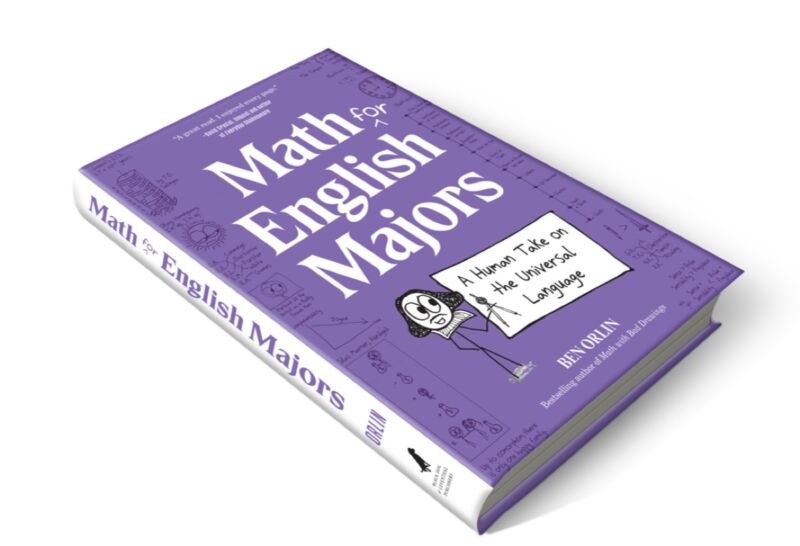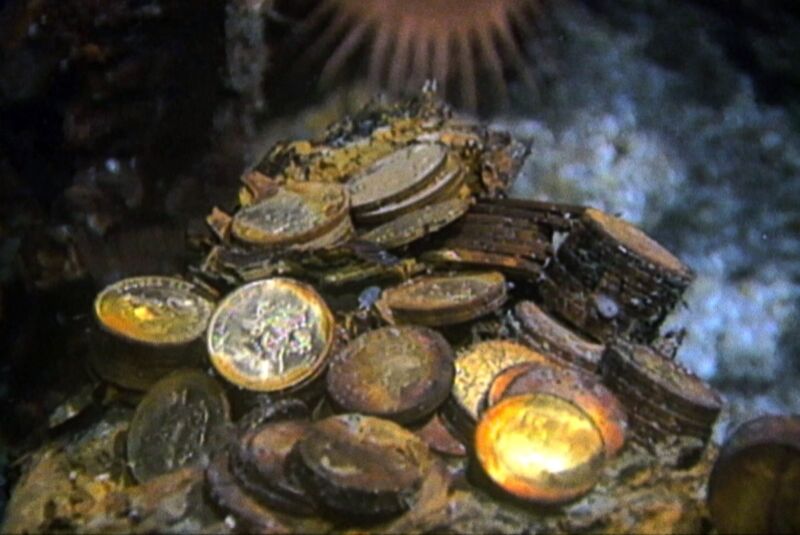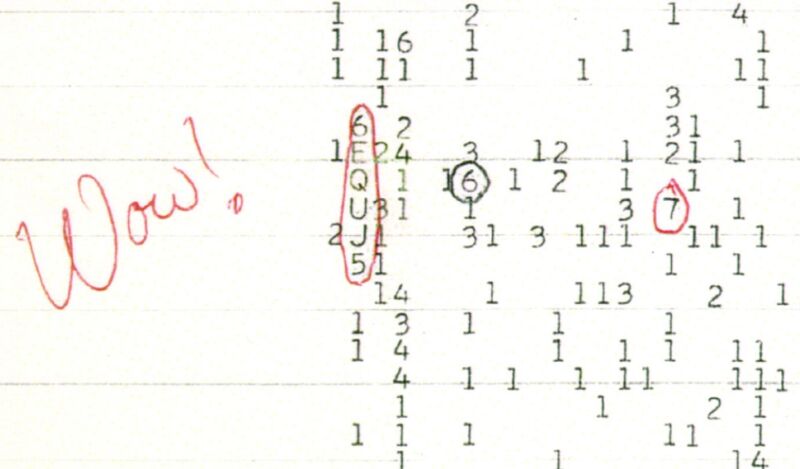CERN cuts ties with Russia, will expel hundreds of scientists by December

Enlarge / The Globe of Science and Innovation at CERN (credit: Adam Nieman/CC BY-SA 2.0)
Since its founding in 1954, high-energy physics laboratory CERN has been a flagship for international scientific collaboration. That commitment has been under strain since the Russian invasion of Ukraine in 2022. CERN decided to cut ties with Moscow late last year over deaths resulting from the country's "unlawful use of force" in the ongoing conflict.
With the existing international cooperation agreements now lapsing, the Geneva-based organization is expected to expel hundreds of scientists on November 30 affiliated with Russian institutions, Nature reports. However, CERN will maintain its links with the Joint Institute for Nuclear Research, an intergovernmental center near Moscow.
CERN was founded in the wake of World War II as a place dedicated to the peaceful pursuit of science. The organization currently has 24 member states and, in 2019 alone, hosted about 12,400 users from institutions in more than 70 countries. Russia has never been a full member of CERN, but collaborations first began in 1955, with hundreds of Russia-affiliated scientists contributing to experiments in the ensuing decades. Now, that 60-year history of collaboration, and Russia's long-standing observer status, is ending. As World Nuclear News reported earlier this year:














